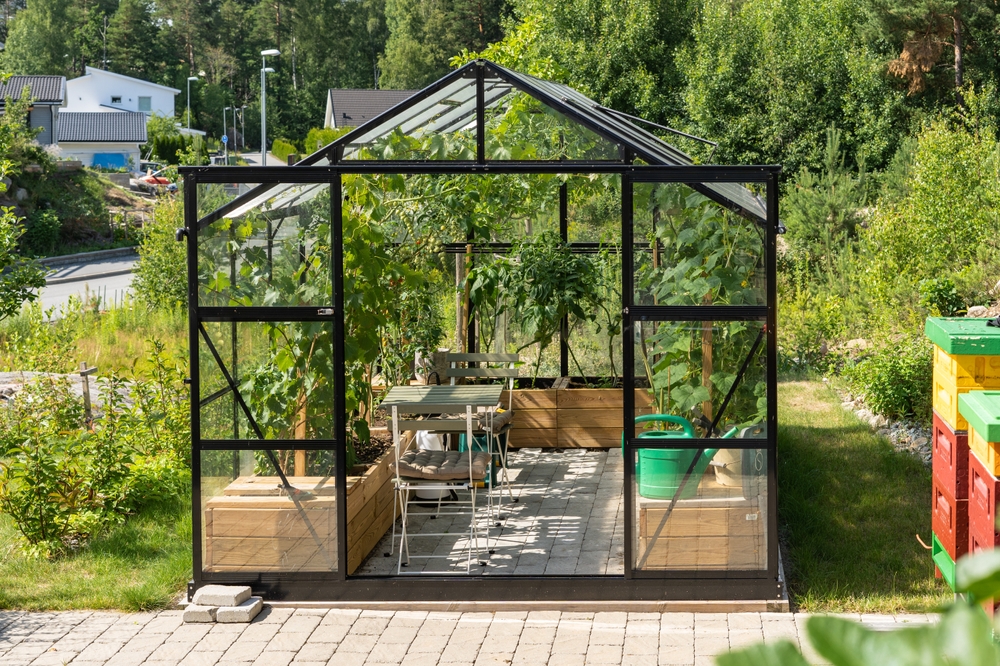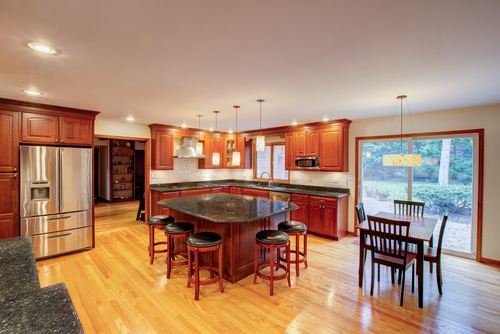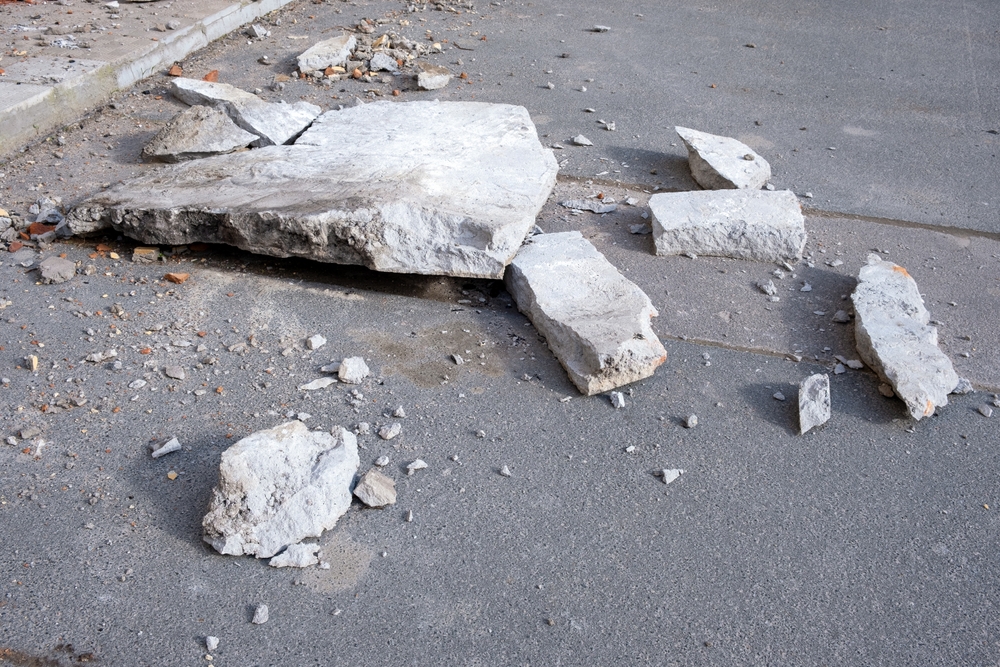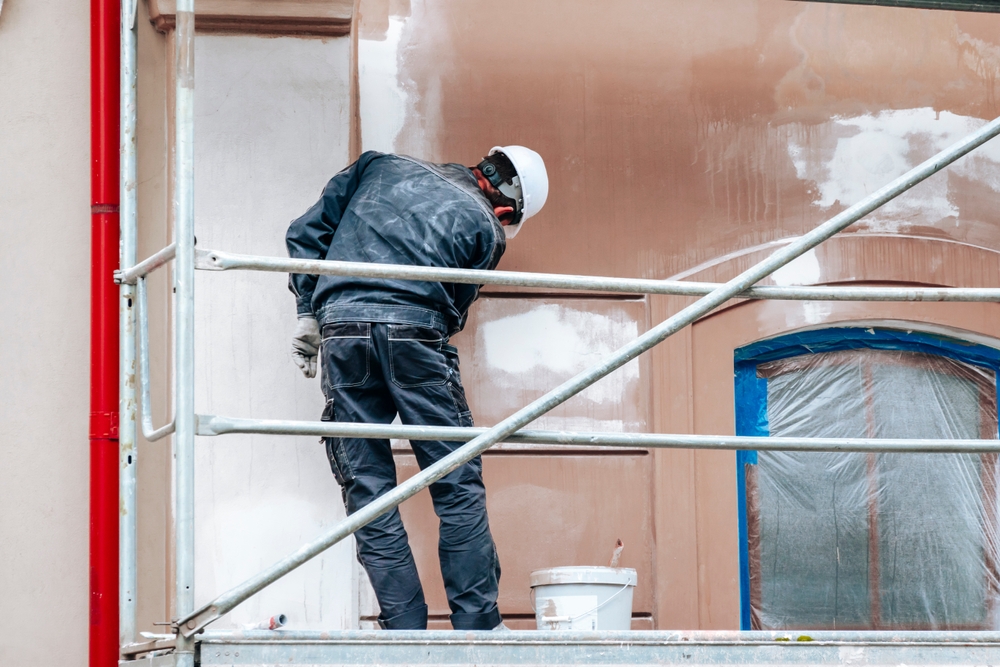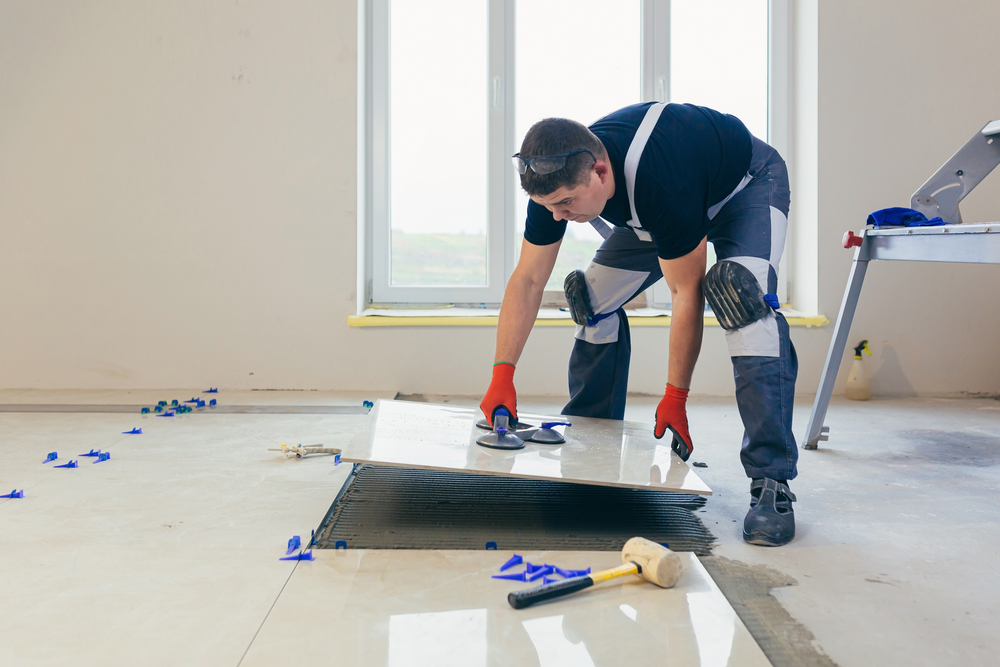March 27, 2024 - Benjamin Ehinger
Types of Metal Finishes: An Overview of Options and Applications
CALL NOW 844-762-8449
Metal finishes are critical for enhancing not only the appearance of products but also their durability and resistance to corrosion. These finishes can be applied to different types of metals like steel, aluminum, and copper, and serve a dual purpose: to protect the metal and to enhance its aesthetics. Whether it’s for industrial equipment, household appliances, or consumer electronics, an appropriate metal finish ensures that the item looks good while withstanding wear and tear over time.
Navigating the world of metal finishing reveals a host of options, each with its specific properties that cater to various applications. Some finishes might focus on creating a high-gloss surface that resists dirt and fingerprints, while others are selected for their ability to withstand harsh environments without degrading. You might be more familiar with certain finishes, such as the shiny polish on kitchen appliances or the rugged coating on a piece of outdoor machinery, but the range of possible finishes is vast and varied. Understanding the different types and their respective benefits is key to selecting the right one for your needs when handling a business or home renovation project.
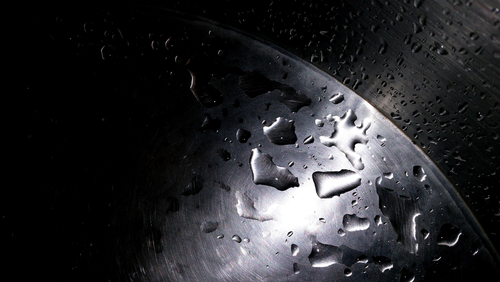 When selecting a metal finish, consider the technical factors that affect performance and longevity. These include corrosion resistance, ongoing maintenance requirements, and the inherent physical and chemical properties of the finish.
When selecting a metal finish, consider the technical factors that affect performance and longevity. These include corrosion resistance, ongoing maintenance requirements, and the inherent physical and chemical properties of the finish.
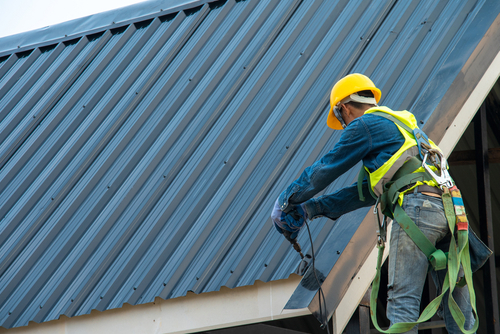 When selecting a metal finish for your project, you need to consider the application’s specific requirements and the industry standards concerning appearance, durability, and environmental exposure. Each industry has its distinct considerations that can significantly impact the manufacturing process and the final product.
When selecting a metal finish for your project, you need to consider the application’s specific requirements and the industry standards concerning appearance, durability, and environmental exposure. Each industry has its distinct considerations that can significantly impact the manufacturing process and the final product.
Key Takeaways
- Metal finishes enhance both aesthetics and functionality, offering protection against wear, corrosion, and damage.
- The choice of a metal finish depends on the desired look and required performance characteristics, such as environmental resistance.
- Selecting the appropriate metal finish requires consideration of the technical requirements and intended application.
Fundamentals of Metal Finishing
Metal finishing is a critical step in the manufacturing process that enhances the surface properties of metal products.Overview of Metal Finishing Processes
In metal finishing, you apply a thin coating to the surface of a metal part, which can be a metal alloy, to enhance its durability and aesthetic appeal. The two primary types of plating are electroplating and electroless plating. With electroplating, you immerse the metal into a bath containing a solution of the desired plating metal and use an electrical current to deposit the metal coating onto the item. On the other hand, electroless plating does not require electricity but instead depends on a chemical reaction to achieve the same result.Importance of Surface Preparation
Prior to plating or any coating application, preparing the metal surfaces is vital. Abrasive blasting, often used by manufacturers, is a common method for surface preparation. It involves forcibly propelling a stream of abrasive material against the metal to smooth a rough surface or remove surface contaminants. Such meticulous preparation is crucial for the coating to properly adhere, ensuring high-quality finishes and lengthening the maintenance cycle for the metal component.Types of Metal Finishes and Their Properties
Metal finishes not only enhance the appearance of metals like aluminum, steel, and brass but also improve their durability and performance. By selecting a suitable metal finish, you can ensure that the metal meets its intended practical requirements such as corrosion resistance or enhanced conductivity.Plating Techniques
Plating involves the application of a metal layer over a base metal, such as nickel or chromium plating on steel or brass. This can significantly increase the corrosion resistance and chemical resistance of the metal. For example, electroplating adds a thin layer through an electrical current, creating a highly conductive and even polished layer. Conversely, electroless plating deposits metal without external current, providing a uniform coating even on complex shapes.- Galvanizing: Applying a zinc coating on steel to prevent rust.
- Anodizing: Used primarily for aluminum, it thickens the oxide layer for corrosion and abrasion resistance.
Coating Methods
Coating refers to covering the metal with a non-metallic layer which can be applied as a liquid, powder, or film. Powder coating, for instance, uses a dry powder applied electrostatically and then cured with heat, resulting in a tough, even, and vibrant finish that offers superior abrasion resistance. Coatings like these provide attributes such as:- Chemical resistance: Important for environments where substances could damage the metal.
- Heat resistance: Maintains properties despite high temperatures.
- Powder Coating: Delivers a matte, satin finish, or a high-gloss look, enhancing both aesthetics and durability.
Mechanical Finishing
Mechanical finishing processes alter the surface of metals mechanically, by removing, smoothing, or reshaping. Polishing and buffing are common methods that provide a highly polished surface, whereas brushing produces a uniform brushed finish. Grinding removes excess material with abrasive belts or wheels. The materials used in mechanical finishes, such as abrasive materials and abrasives, determine the final appearance and texture of the metal surface.- Abrasive belt: Utilized in brushing to create a directional satin finish on metals like stainless steel.
- Abrasives: Materials like silicon carbide or aluminum oxide which are used to modify surface properties.
Technical Factors in Metal Finishing
 When selecting a metal finish, consider the technical factors that affect performance and longevity. These include corrosion resistance, ongoing maintenance requirements, and the inherent physical and chemical properties of the finish.
When selecting a metal finish, consider the technical factors that affect performance and longevity. These include corrosion resistance, ongoing maintenance requirements, and the inherent physical and chemical properties of the finish.
Corrosion Resistance
Corrosion resistance is a critical property, particularly for metals exposed to harsh environments. Processes like passivation increase the resistance to corrosion for metals such as stainless steel by removing iron particles and forming a protective oxide layer. If you’re dealing with more reactive metals like cadmium or titanium, enhanced corrosion-resistant coatings can safeguard against oxidation and atmospheric conditions.Wear and Maintenance
Over time, all metal surfaces experience wear and may require maintenance to retain their structural integrity and appearance. A surface with good abrasion resistance minimizes wear from physical contact and friction. Finishes like hard coating can be applied to increase the strength and durability of a metal. Your maintenance routine can be more efficient if the finish is uniform and smooth, as surface roughness can lead to increased accumulation of grime and potential metal ion release with usage.Physical and Chemical Properties
Physical and chemical properties of metal finishes greatly influence how a metal interacts with its environment, affecting electrical conductivity and electrical resistance. For electronics, you might want a finish like silicon coating to maximize conductivity, whereas in high-temperature environments, a finish with high thermal resistance is preferable. Additionally, the substrate itself should be compatible with the finishing technique to ensure uniform application and proper adhesion, thereby enhancing durability and strength.Applications and Considerations in Different Industries
 When selecting a metal finish for your project, you need to consider the application’s specific requirements and the industry standards concerning appearance, durability, and environmental exposure. Each industry has its distinct considerations that can significantly impact the manufacturing process and the final product.
When selecting a metal finish for your project, you need to consider the application’s specific requirements and the industry standards concerning appearance, durability, and environmental exposure. Each industry has its distinct considerations that can significantly impact the manufacturing process and the final product.
Automotive and Aerospace
In the automotive and aerospace industries, metal finishes are crucial for enhancing both aesthetic appeal and performance. Metal plating techniques, such as zinc plating and chrome plating, are often employed to improve corrosion resistance and add a decorative shine to exterior components. Anodized finishes are favored for their ability to both protect the metal substrate and maintain a colorful, clean exterior. In aerospace applications, every finishing process must withstand extreme environmental conditions, requiring finishes that provide excellent wear resistance and can prevent surface imperfections. Considerations:- Resistance to UV and abrasive powders due to high-speed travel
- Maintenance requirements to preserve appearance and function
Consumer Products
For consumer products, especially in the jewelry industry, the finish is vital for both its decorative appeal and its ability to withstand daily wear. Finishes like black, bronze, and silver contribute to the product’s visual appeal, while the incorporation of abrasive powders can create a unique brushed metal look that hides scratches and enhances the product’s tactile quality. Within this industry, the selection of metal finish is driven by consumer trends, requiring a balance between innovative design and functional longevity. Considerations:- Detailed attention to color and texture for high decorative appeal
- Selection of finishes that require minimal care to maintain their appearance
Industrial Manufacturing
In industrial manufacturing, effective metal finishes are necessary to protect equipment and machinery exposed to rugged conditions. Electrolytic plating processes utilize an electrolytic solution, where the metal component acts as a cathode and is coated in a finish from the anode. These finishes often comprise additives and pigments that grant extra properties, such as resistance to chemicals or heat. Autocatalytic plating is a choice for pieces with complex geometries, ensuring even coating volumes. In this sector, durability and functionality are paramount, and finishes are often applied with mass production in mind. Considerations:- The balance between the volume of production and the consistency of finish quality
- The choice of finishes that withstand continuous use and exposure to harsh conditions
Frequently Asked Questions
In this section, you’ll find concise answers to common inquiries about metal finishing techniques, distinguishing characteristics of finishes, and choosing the right finish for various applications.What are the different techniques used in steel finishing processes?
Various techniques are employed in steel finishing, including machining, polishing, edge rounding, blasting, coating, and plating. Each technique serves a specific purpose and contributes to the metal’s desired properties and appearance.What distinguishes brushed metal finish from other types of surface finishes?
A brushed metal finish is characterized by its fine lines that give a soft sheen and conceal fingerprints and minor imperfections. This finish is achieved by polishing the metal with a brush or belt and contrasts with finishes that are glossy and have no texture.How do decorative metal finishes enhance the aesthetics of metal products?
Decorative metal finishes, such as patinas or brushed textures, add visual interest and artistic elements to metal products, enabling you to customize the appearance to suit various design themes and to stand out in their environment.Can you list the surface finish standards for sheet metal?
Sheet metal finish standards ensure consistency and quality across products. Standards such as the Ra (Roughness Average) provide a measure for the surface texture and are critical in processes where precise surface conditions are required.What type of finish is recommended for outdoor metal applications?
For outdoor applications, finishes that offer protection against corrosion, such as powder coating or electroplating, are typically recommended. These treatments provide a durable and resistant surface that withstands various weather conditions.How does one choose the appropriate metal finish for furniture?
The appropriate metal finish for furniture balances aesthetics with functionality. Consider wear and tear, exposure to elements, and the desired look. Finishes such as powder coating for durability or plated finishes for a luxurious sheen are common choices.RECENT BLOGS
Our Reviews
Glenda Lanier Prowell
1721758635
I have ordered an 11 yard dumpster to be delivered to my house.Lonier was extremely helpful and answered all my questions. The rate was very reasonable.
Cedric Smikle
1721660395
Amber was extremely professional and courteous. She answered all of my questions and even some that I didn’t know I needed to ask.
Cait Kaider
1721243051
I highly recommend Waste Removal USA for their responsiveness and how the staff work hard to provide exceptional customer service. They have done well by us and our clients. Thank you!
Easom Family
1721223306
Louiner Pierre-Louis Is awesome! Did a great job. Will definitely be using this same company for all my dumpster needs because of his awesome customer service! Thank you!!!
tabitha Vazquez
1720539988
Wonderful and fast customer service!
LATEST BLOGS
